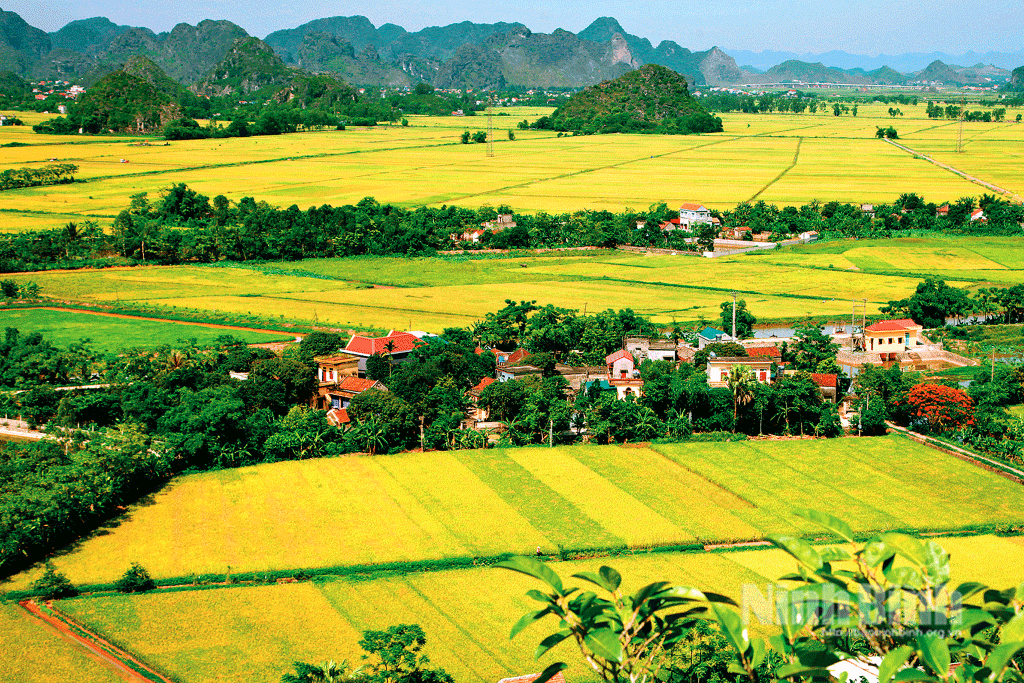
Ninh Binh-Nam Dinh-Ha Nam, three localities possessing three typical ecological regions: Ninh Binh is a midland-limestone mountain region with mountainous terrain, many caves, special-use forests and unique landscapes, a key area for developing medicinal plants, combined agroforestry models, livestock farming, eco-tourism and biodiversity conservation. This is an advantage for developing a diverse rural economy , not only in terms of plants and animals, but also in services, tourism, craft villages, and processing industry. Resonance between regions will create the ability to coordinate along the value chain - this region produces, another region processes, another region consumes or exports, reducing dispersion and increasing connectivity.
Nam Dinh is a low-lying coastal plain with coastal alluvial soil and brackish water ecosystem, with potential for high-quality rice cultivation, aquaculture and exploitation, renewable energy development (wind power, solar power), and marine tourism. Ha Nam is a low-lying area with low-lying land and many natural lakes and ponds, favorable for traditional agricultural cultivation such as rice, vegetable, fruit tree production, craft village development and handicrafts.
All three provinces have been recognized by the Prime Minister as having completed the construction of the new rural areas. Therefore, the provinces are all regions with a clear foundation for agricultural commodity production; the rural transport network and infrastructure serving production have been invested in relatively synchronously; science and technology have been applied in the stages of production, processing, and preservation; people have experience in production cooperation, and many models of linking production and consumption of products according to the value chain have been formed.
The merger of the three provinces will not only expand the development space but also create conditions for restructuring agricultural value chains, reallocating resources, markets and human resources, avoiding scattered investment. The merger of the three provinces will create a rich rural space, diverse in terrain, ecology, economy and culture.
With an expanded area of nearly 4,000 km2, a population of over 4.4 million people, and a drastic reduction in the number of administrative units (eliminating the district level, reducing the number of commune-level administrative units from 398 to 129, including 97 communes and 32 wards), the new Ninh Binh province is facing many opportunities but also many challenges in rural economic development. Issues such as rapid urbanization, strong development of science and technology, unpredictable fluctuations in the world and regional context, and increasingly complex impacts of natural disasters and climate change... all have a profound impact on this development process.
However, many major challenges are also posed in terms of policy coordination, inter-sectoral and inter-regional coordination, narrowing the development gap between regions and overcoming differences in management institutions, production habits and community culture. Commune level with expanded area but streamlined staffing creates great pressure on governance, supervision and provision of public services. This requires a new mindset on rural economic development policy to ensure sustainable development and breakthrough:
First , reorganize the development space according to the ecosystem and inter-regional functions: One of the key tasks after the new province is established is to reorganize the development space according to the ecosystem and inter-regional functions. Delta areas such as Yen Khanh, Nghia Hung, Binh Luc need to be planned into specialized agricultural production centers, focusing on high-quality rice, exported vegetables and fruits, and chain livestock farming. The areas surrounding Trang An, Tam Chuc, Phat Diem can form an agricultural-ecological-craft village tourism belt, combining farmstay, homestay with clean agricultural experiences.
Meanwhile, mountainous areas such as Nho Quan and Thanh Liem are suitable for developing agroforestry models, medicinal plants, forest canopy economy or semi-natural livestock farming. Zoning is not only to direct production but also to reorganize rural economic space, determine the mechanism for budget allocation, public investment and public services. However, in the context of rapid urbanization and high demand for connectivity, planning and zoning do not necessarily have to separate rural from urban areas, between communes and wards, but must take into account the development structures of "villages in cities, cities in villages", "satellite centers" and the model of "rural harmony with urban areas", creating symbiosis and flexible role allocation, suitable for regional functions.
Second , institutional consolidation and autonomy promotion: The abolition of the district level and the consolidation of communes and wards is certainly not just a matter of rearranging boundaries, but also a need to reshape the administrative organization model, in which the commune level will play the role of a new coordination center and directly connect with the provincial level. The perception of communes needs to be changed with the mindset of "regional communes" - meaning that each commune will no longer be a small administrative unit but should be seen as a rural area with a higher autonomy mechanism in finance, organization and personnel, with sufficient capacity to manage the old inter-commune, and effectively provide public services.
With that role, communes need to be decentralized to plan development, propose initiatives and use the budget in a flexible manner. Communes can pilot the establishment of a budget mechanism with people's participation, by allocating according to community initiatives, with competition for ideas and public criticism. Each commune also needs to consider establishing and strengthening community representative groups (elected by the people in each village and hamlet) to perform the function of connecting, monitoring and organizing community development activities, and institutionalizing them as a semi-official institution in local governance. This is a shift from "management" to "creation" thinking, from the executive government to the government accompanying the people.
Third , digital transformation to promote rural economic development: In the new period, rural areas must become a vibrant ecosystem combining production, culture, environment and technology. Policies need to aim at promoting green economic models, high-tech agriculture, organic agriculture, ecological agriculture, experiential tourism, outdoor education, digital technology in agricultural trade and rural logistics. There needs to be a specific mechanism to support agricultural startups, especially the young generation returning to their hometowns to start businesses, creating a wave of innovation from rural areas.
The Ninh Binh Rural Economic Forum needs to be held periodically, becoming a gathering place for intellectuals, businesses, and communities to jointly build policies, share initiatives, and attract investment. In addition to physical infrastructure, digital infrastructure plays an indispensable role, from high-speed internet to open agricultural data systems, from e-commerce to digital payment systems. The development of renewable energy and circular agricultural models also need to be integrated into rural development policies, towards a green-clean-smart rural model.
To do that, we must first promote the synchronous development of digital government, digital economy and digital society, create favorable conditions for business production activities of enterprises, people's living and working methods, and develop a safe, humane and widespread digital environment.
Fourth , harmoniously combine innovation and conservation: The cultural, historical and religious diversity of the three provinces is a priceless asset that needs to be preserved and promoted. Rural development policies need to focus on protecting traditional rural spaces and landscapes; recognizing and promoting the role of religious institutions, clans and traditional occupations in preserving the community; supporting the building of local brands and OCOP products associated with the land, history and specific farming practices, which is the way to turn cultural diversity into development advantages.
In addition, organizing creative community cultural activities, competitions on rural economic development initiatives, or inter-provincial festivals will also contribute to creating a connecting cultural space, enhancing pride and strengthening people's attachment to their homeland.
The newly merged Ninh Binh province possesses special conditions to shape a modern, diverse and sustainable rural development model. The challenge is not small, but with innovative thinking, practical policies and community support, rural Ninh Binh can become a model of harmonious combination between tradition and modernity, between conservation and innovation, between economic development and identity preservation. That is not only the future of a land, but also a testament to the vision and creative capacity in the new era.
Nguyen Ngoc Luan
(Institute of Strategy and Policy on Agriculture and Environment)
Source: https://baoninhbinh.org.vn/hoach-dinh-chinh-sach-cho-kinh-te-nong-thon-tinh-ninh-binh-008810.htm







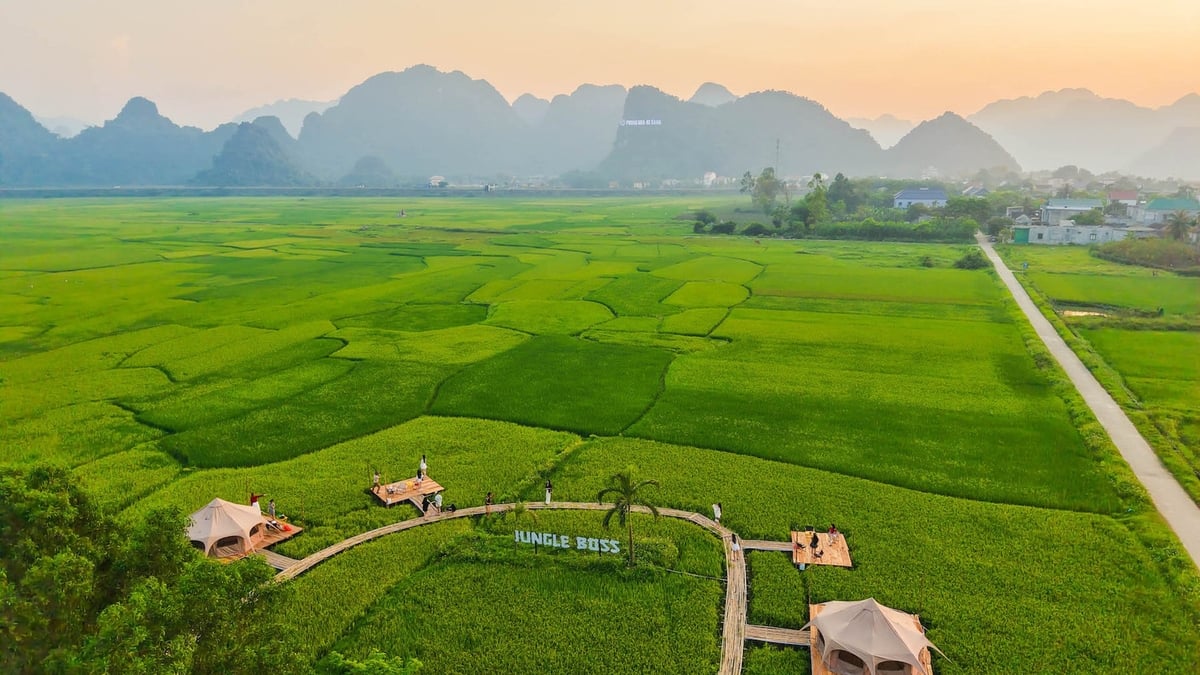




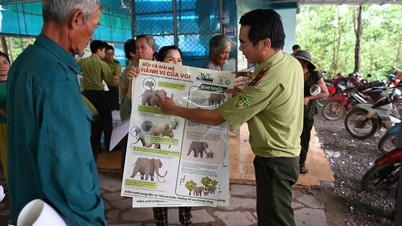

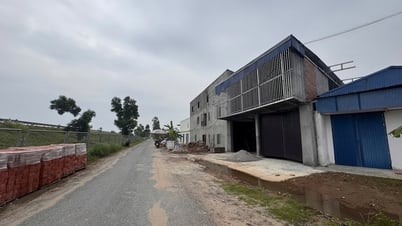

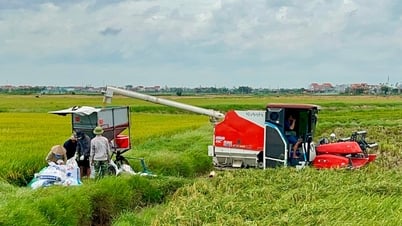
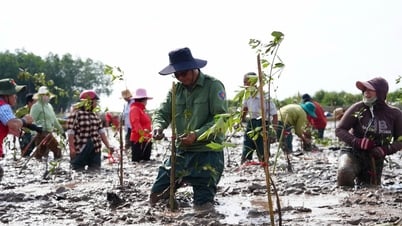





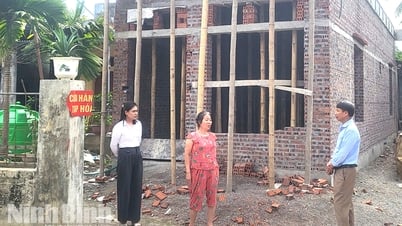

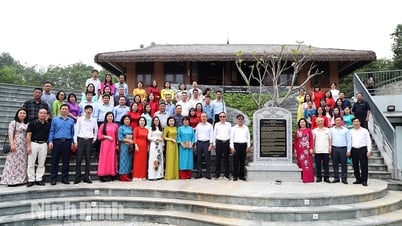

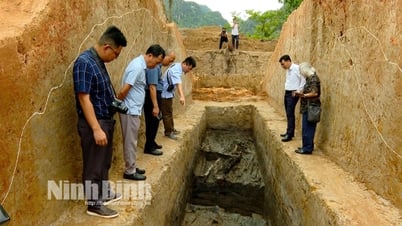













































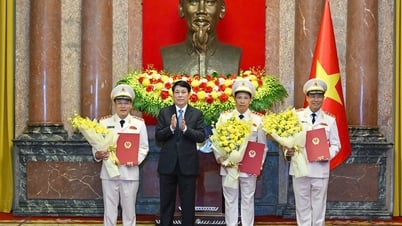

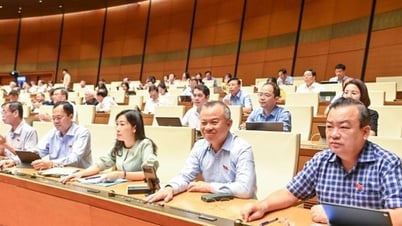




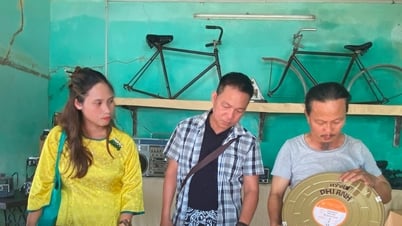



















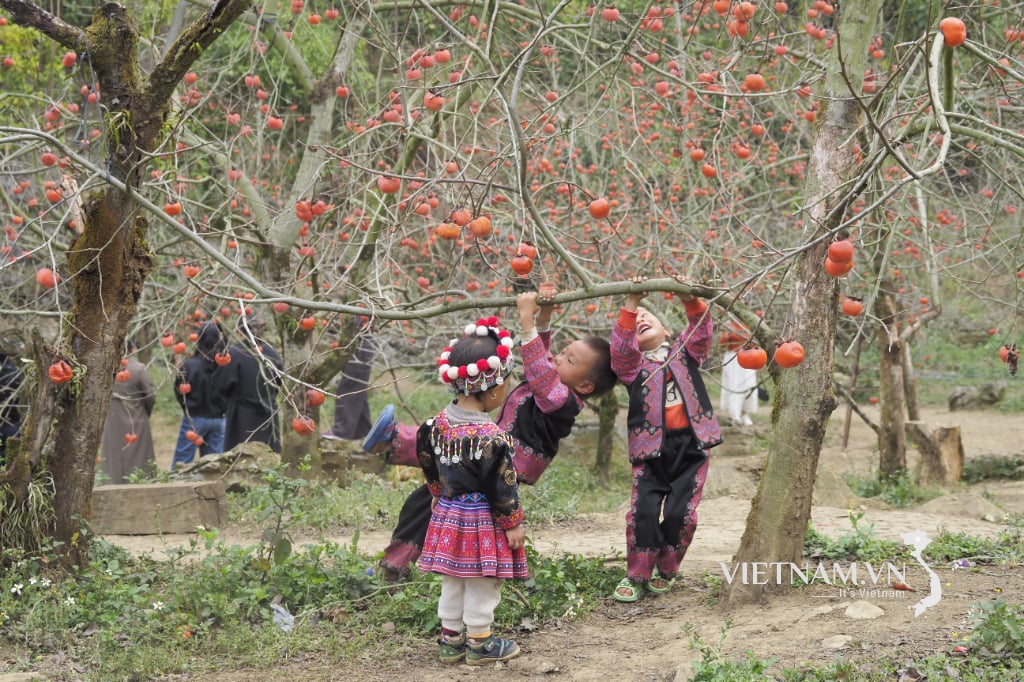
Comment (0)